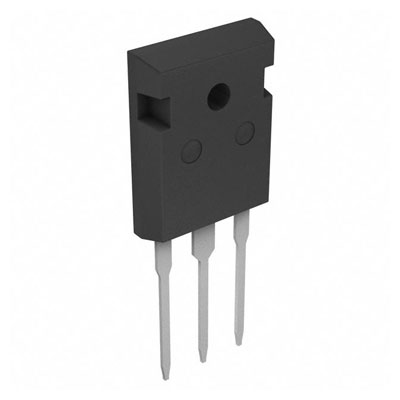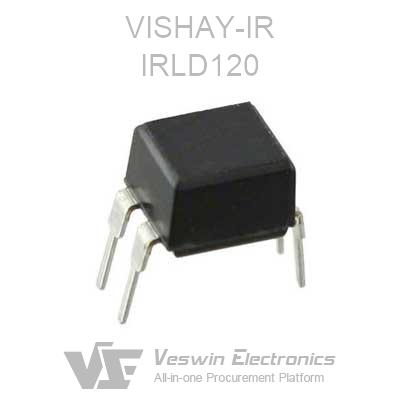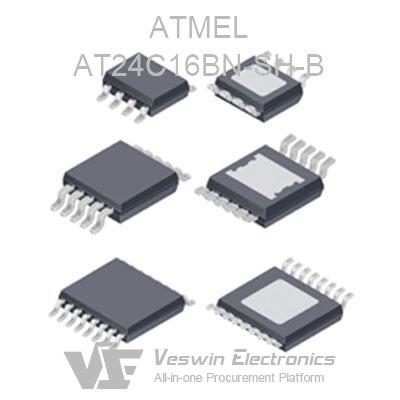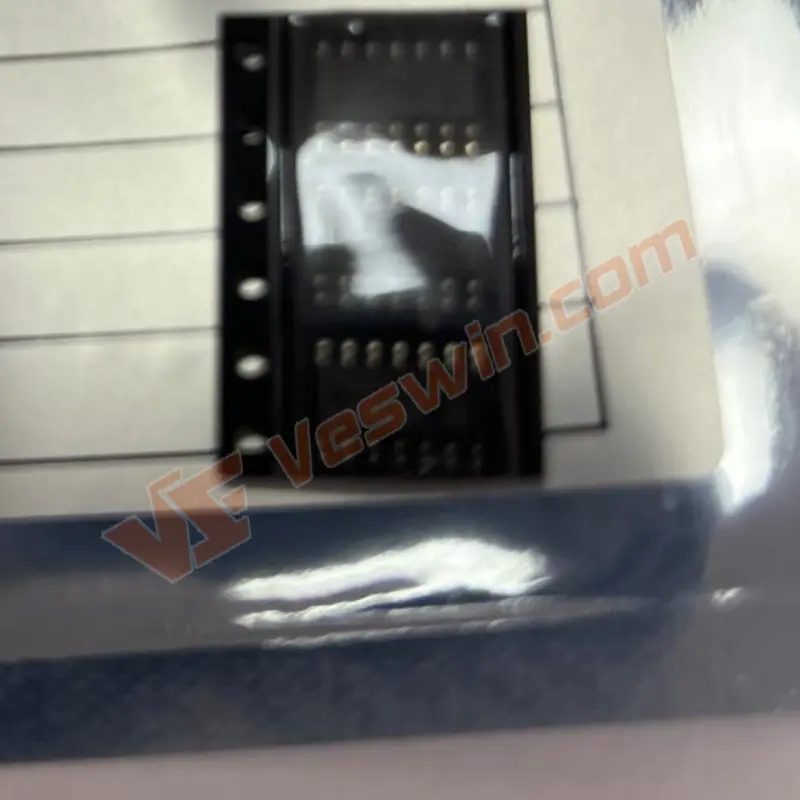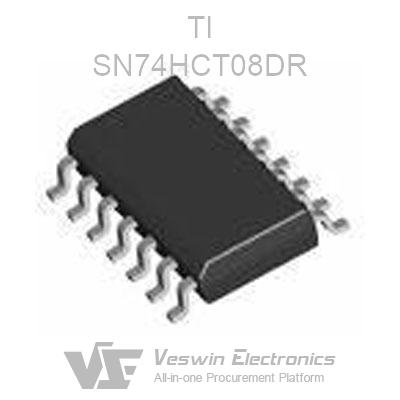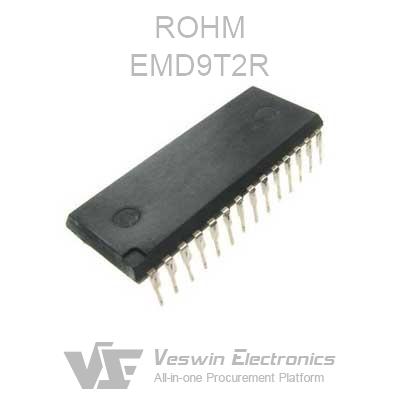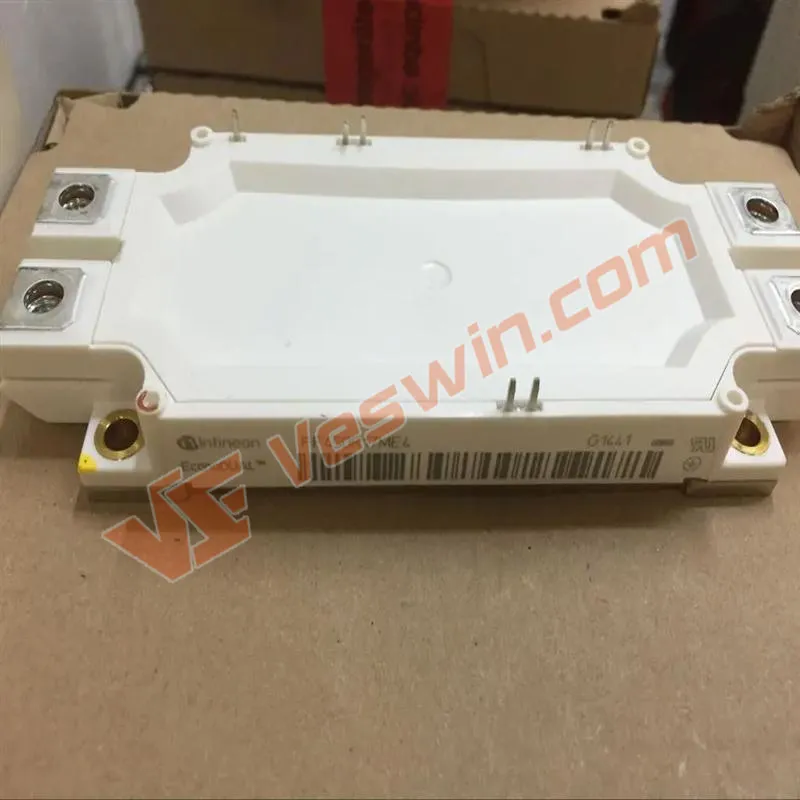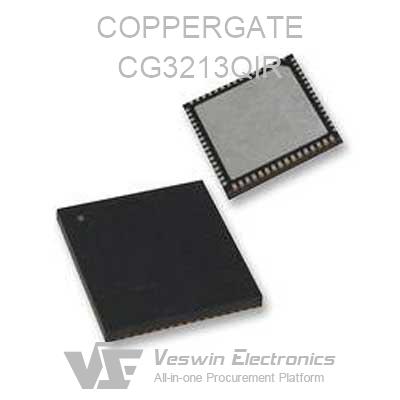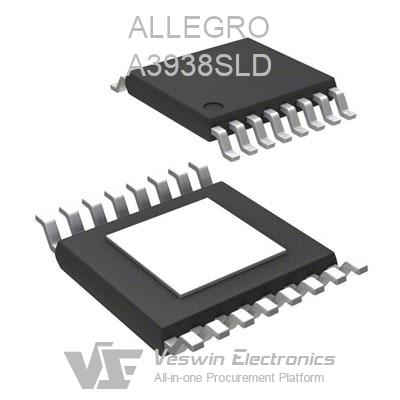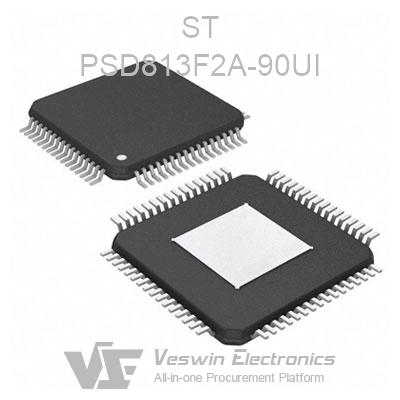As we know that there are many different kinds of memory card in the market. Do you know what is a flash memory card? In this article, we will clarify it from 3 aspects, it will help you know more about the flash memory card. OK, let's read on.
Flash memory card is a memory that uses flash memory technology to store electronic information. It is always used in digital cameras, laptop, MP3 and other small digital products. It is small and looks like a card, so it is called a flash memory card.
Flash memory card is a kind of memory that can still keep the stored data information in the case of power failure. Data deletion is not in single byte unit but in fixed block unit, and the block size is generally 256KB to 20MB.
Do you know the erasable read-only memory (EEPROM)? The difference between flash memory and EEPROM is that it can be deleted and rewritten at the byte level instead of erasing the entire chip, so that flash memory can be updated faster than EEPROM . Because it can still save data when it is powered off, flash memory is usually used to save setting information, such as saving data in the BIOS (basic input and output program) of a computer, PDA (personal digital assistant), digital camera, etc.
NAND flash is one kind of flash memory card. A typical Flash chip consists of Package, die, plane, block and page, as shown in the figure below:
Package: The chip is the Flash chip, which is the NAND flash particles we often see on the M.2 SSD:
Die: A NAND particle is packaged together by one or more Dies. This package can be arranged in parallel or stacked. The capacity of the die can be expanded through 3D stacking technology. Samsung’s V-NAND has a capacity of 128Gb (16GB) per layer. Through 3D stacking technology, a maximum of 24 layers can be stacked, which means that the total capacity of the 24-layer stack will reach 384GB! Like building a building:
Die is also the smallest unit that can execute commands and return status independently.
Plane: A die can contain several Planes.
Block: An important concept, it is the smallest unit of erase operation.
Page: It is important as the smallest unit.
In this article, we will summize 7 types of flash memory card as following:
CF card (Compact Flash) was originally used in portable electronic devices as a data storage device. It revolutionized the use of flash memory as a storage device and was first produced and specified by SanDisk in 1994. Many devices are currently using its physical format. However, the capacity of the CF card is limited, and increasing the capacity cannot keep up with the development of digital camera pixels. Compared with other types of memory cards, the size is relatively large, and the operating temperature is generally 0-40 degrees Celsius, which limits its performance.
Multimedia card, multimedia card is a kind of flash memory card. Its size is 32mm 24mm 1.4mm and weighs 1.5 grams, making it ideal for digital imaging, music, mobile phones, PDAs, e-books, toys and other products. However, due to the lack of support from consumer digital manufacturers, there are not many products that can use MMC memory cards in the digital product market.
SD card: Panasonic, Toshiba and Japan's SanDisk jointly developed the SD card (Secure Digital). It measures 32mm24mm2.1mm and weighs only 2 grams, but it has large capacity, high data transfer rate and good flexibility. The structure of the SD card ensures the security of digital file transmission and is easy to reformat, so it has a wide range of applications. SD cards are widely used in digital cameras. Therefore, SD card is the most widely used memory card.
Mini SD card is derived from SD card, its performance is equivalent to standard SD card. Like SD cards, Mini SD cards have a hardware data write-protect switch to prevent accidental deletion of stored content. On the other hand, Mini SD cards are 40% smaller than SD cards, measuring only 21.5 mm20 mm1.4mm. Please note that the Mini SD card is fully compatible with standard SD card slots.
PCI-e Flash Card: The latest bus and interface standard is PCI-e Flash Card (PCI-Express). It was originally called "3GIO". PCIe is a serial point-to-point two-lane high-bandwidth transmission standard. Exclusive channel bandwidth is allocated to connected devices. Shared resources mainly support functions such as active power management, error reporting, end-to-end reliable transmission, hot-swapping, and quality of service (QOS). The concept is based on NAND flash memory.
xD card: Olympus and Fuji jointly launched the XD-Picture Card (xD) memory card. It has an extremely small form factor of 20mm25mm1.7mm and weighs only 2 grams. Its read and write speeds are fast, which could reach 5MB/S and 3MB/S respectively. Initially, XD cards were mainly used in Olympus and Fuji digital camera products. Although its performance can meet the requirements of writing a large amount of data, and the power consumption is low, the relatively high price severely limits the development of XD cards.
M2 card: The M2 card also calls the new Memory Stick Micro (M2) memory card, which is jointly released by Sony and SanDisk. Available in March 2006. This M2 card adopts an ultra-small circuit design, which is specially designed for large-capacity and small-capacity mobile storage needs; it only weighs 16 grams, measures only 15 12.5 1.2mm, and is about a quarter of the size of a memory stick Pro Duo.
Flash memory is composed of: source, drain, floating gate and control gate. Compared with the single gate structure of the field effect transistor, the flash memory has a double gate structure. The floating gate is composed of nitride sandwiched between silicon dioxide materials (Insulator).
The operation (Program) is as follows:
Applying a positive voltage to the control gate draws electrons (negatively charged) into the floating gate. After that, since the silicon dioxide material above and below the floating gate is not conductive, these electrons are trapped (Trap) in the floating gate and cannot go out.
In this way, no matter whether the control gate voltage is present or not in the future, this state will be maintained, so the flash memory can save data when the power is turned off. Note that after the write operation, the flash memory cell stores 0, we will explain why later.
Our erase operation (Erase) is just the opposite:
Applying a positive voltage to the source utilizes the tunneling effect between the floating gate and the drain to attract the negative charge injected into the floating gate to the source and empty the electrons in the floating gate. At this time, the status read is 1.
Then why is it 0 if there are electrons, and 1 if there are no electrons? It is thought that when reading, a low read voltage needs to be applied to the control gate. For the flash memory cells that have been programmed, the trapped electrons can offset the read voltage, resulting in a gap between the source and the drain. Closed state:
If it is erased, it is just the opposite, the source and drain are in a conducting state under the action of the low voltage of the control gate:
That is to say, by adding a read voltage to the control gate and judging whether the drain-source is in a conduction state to read the state of the flash memory cell, if it has been programmed, it is in an OFF state, which is 0; After Erase, it is in the conduction state ON, which is 1.
In theory, flash memory can be individually erased and programmed per cell. However, in order to save costs, the erasing voltage applied to the control gate is actually connected to the entire block (Block), which is why erasing is done in units of blocks.
Hot News
